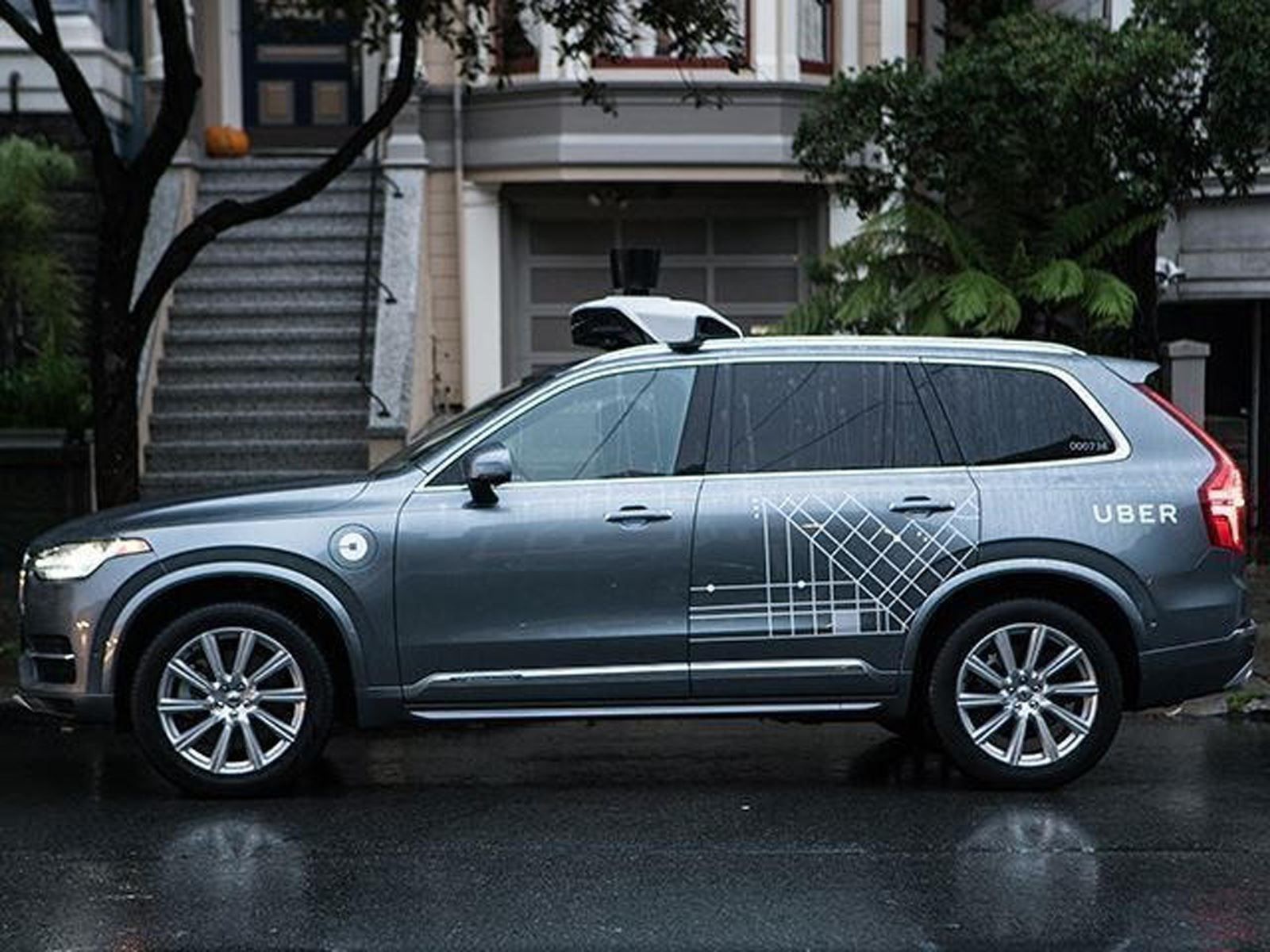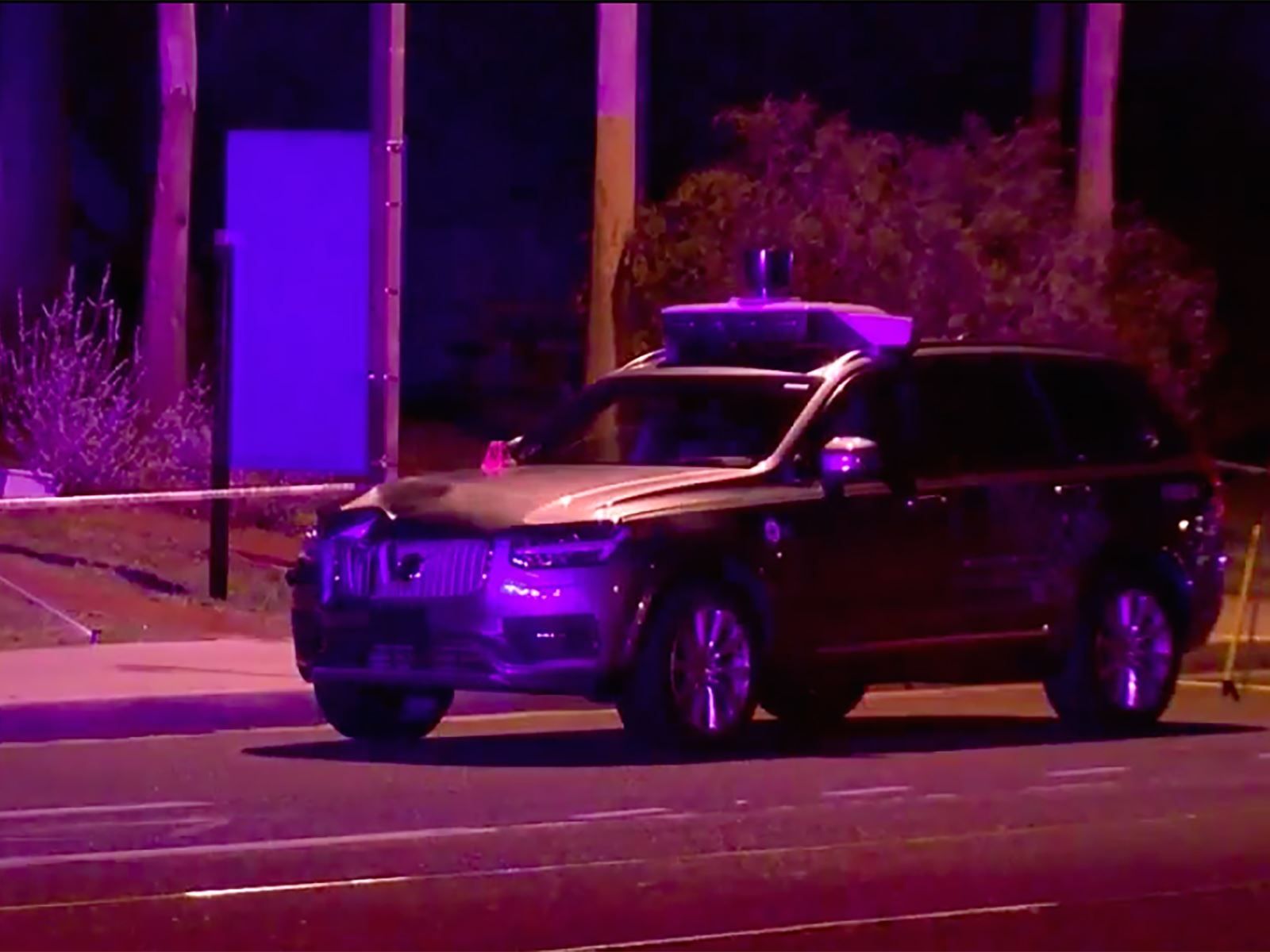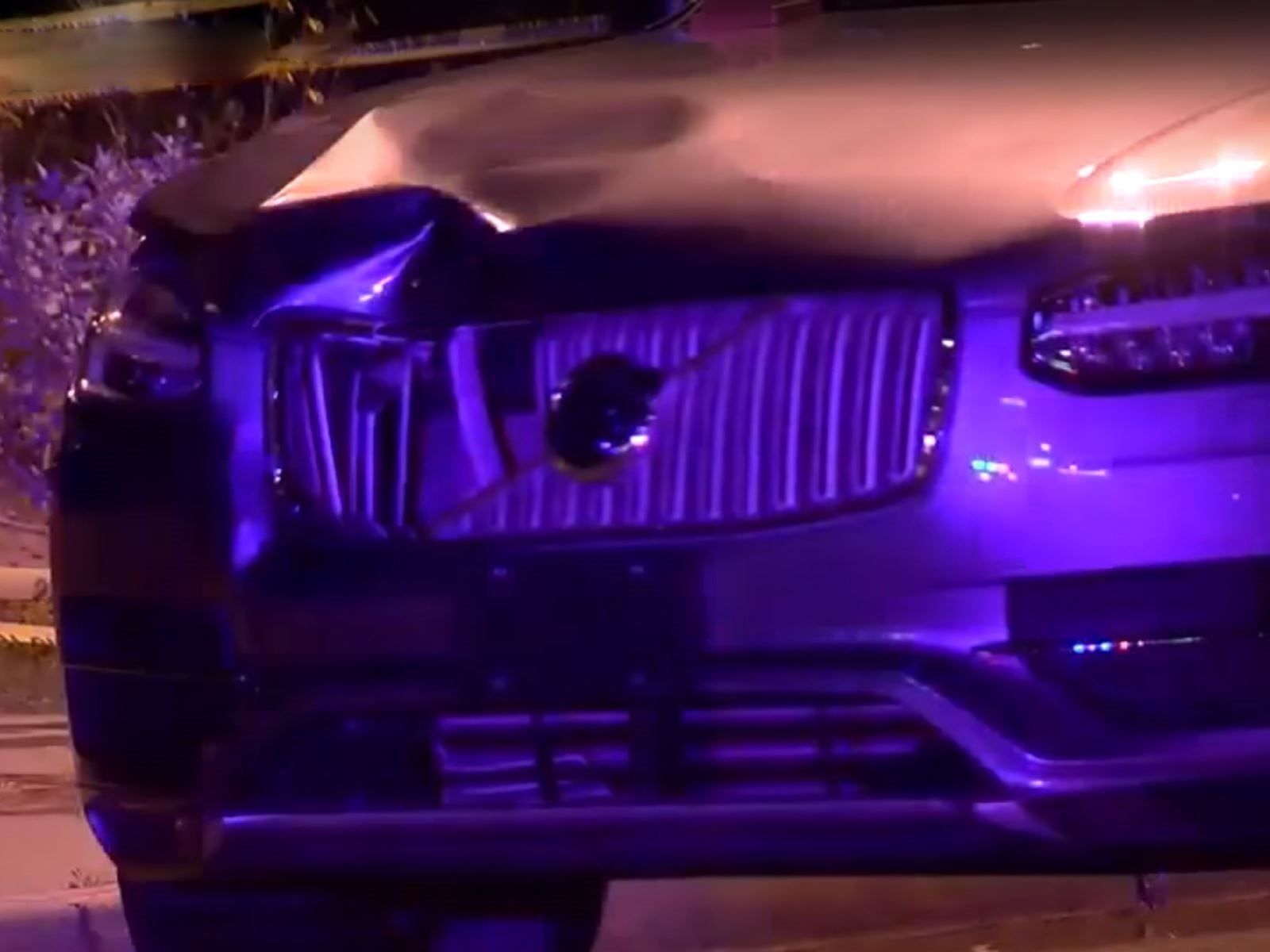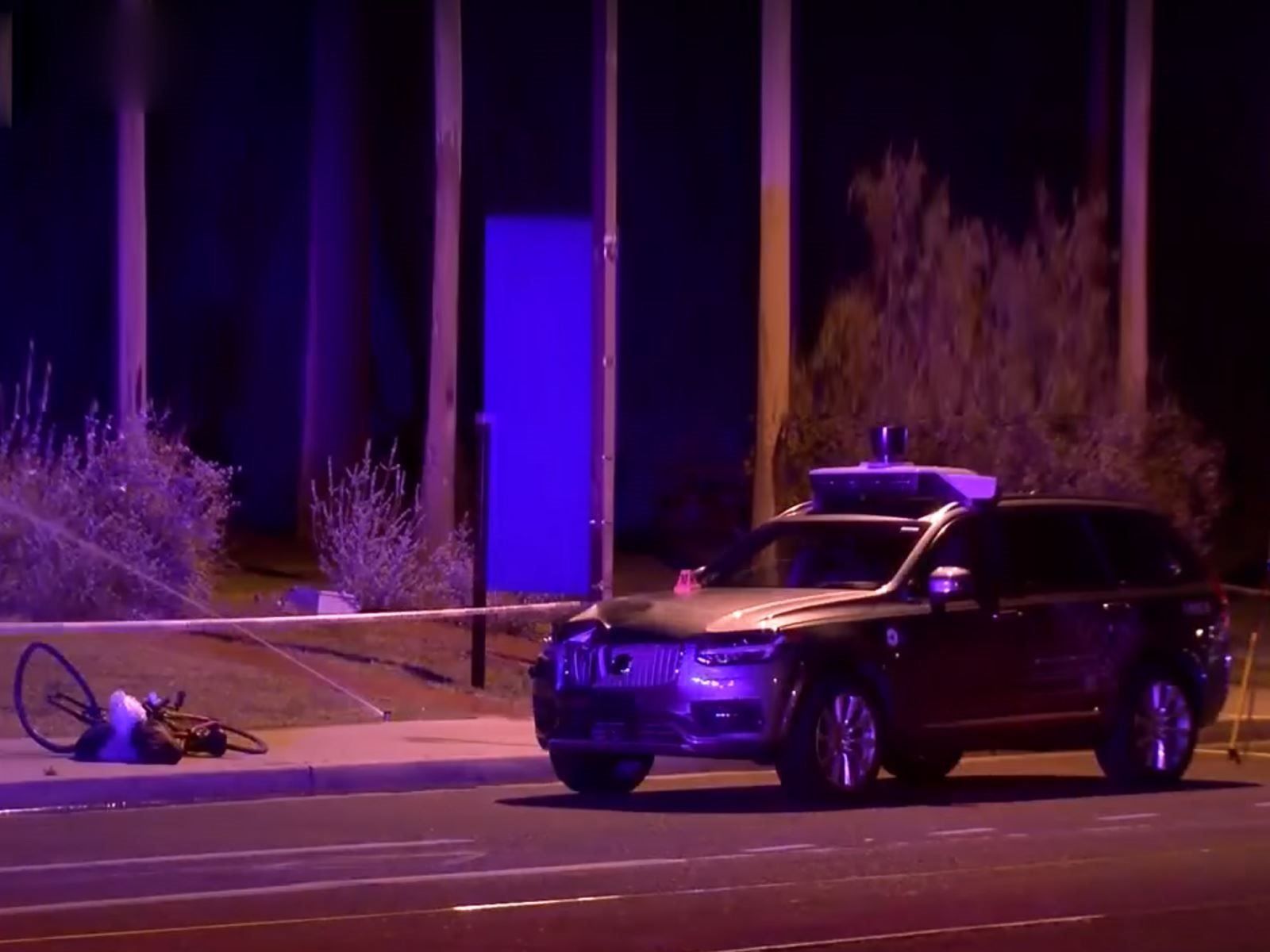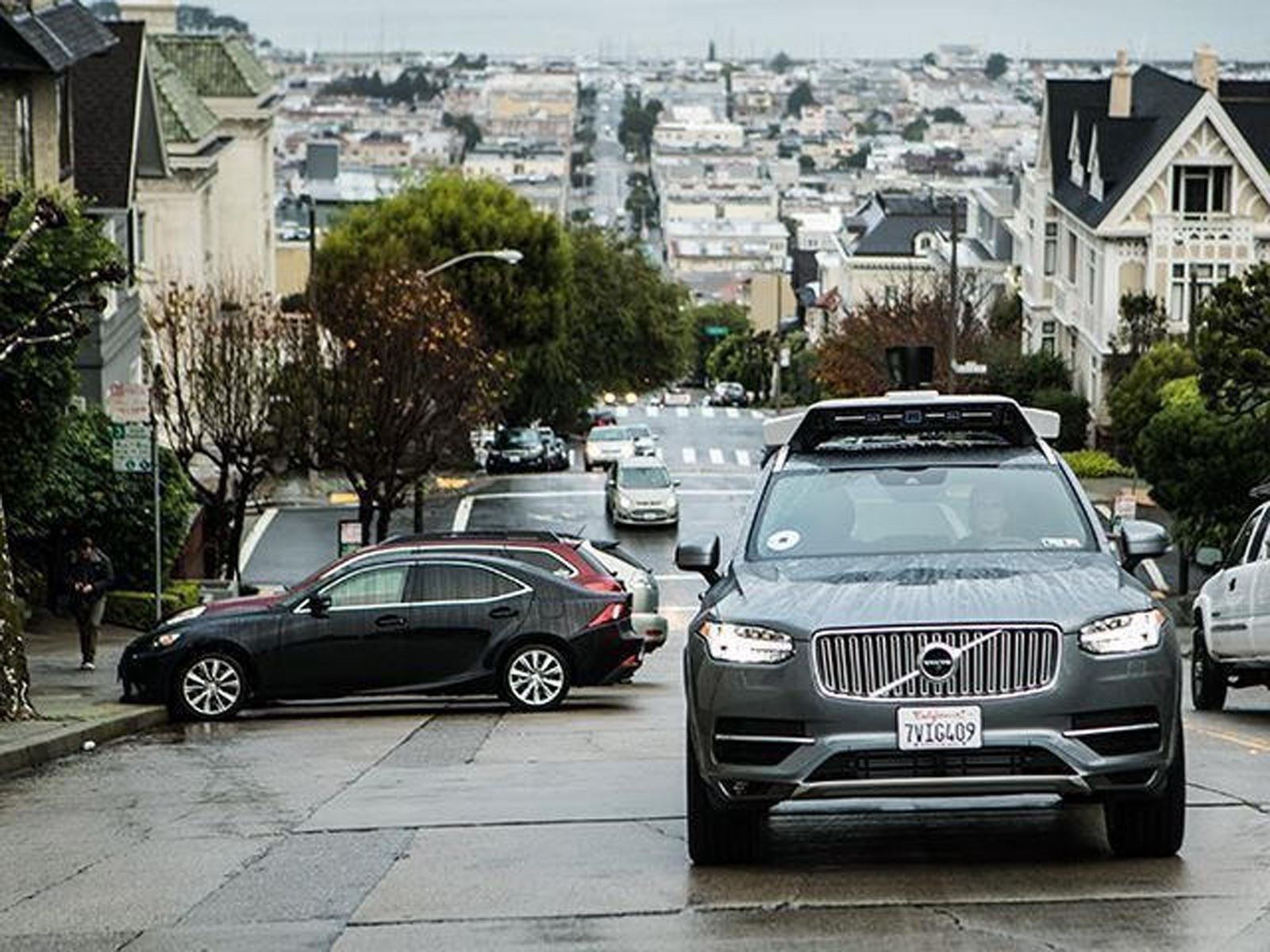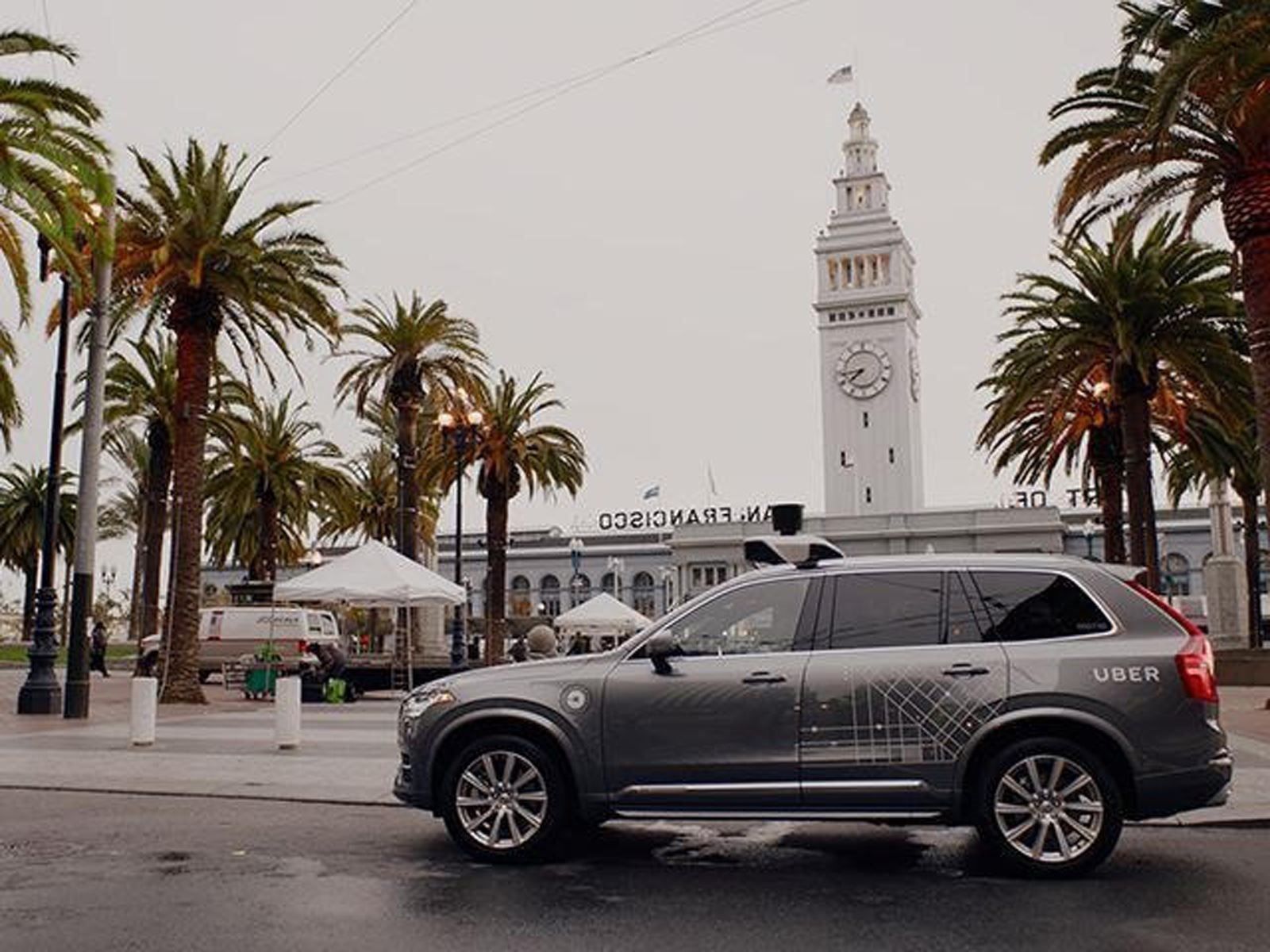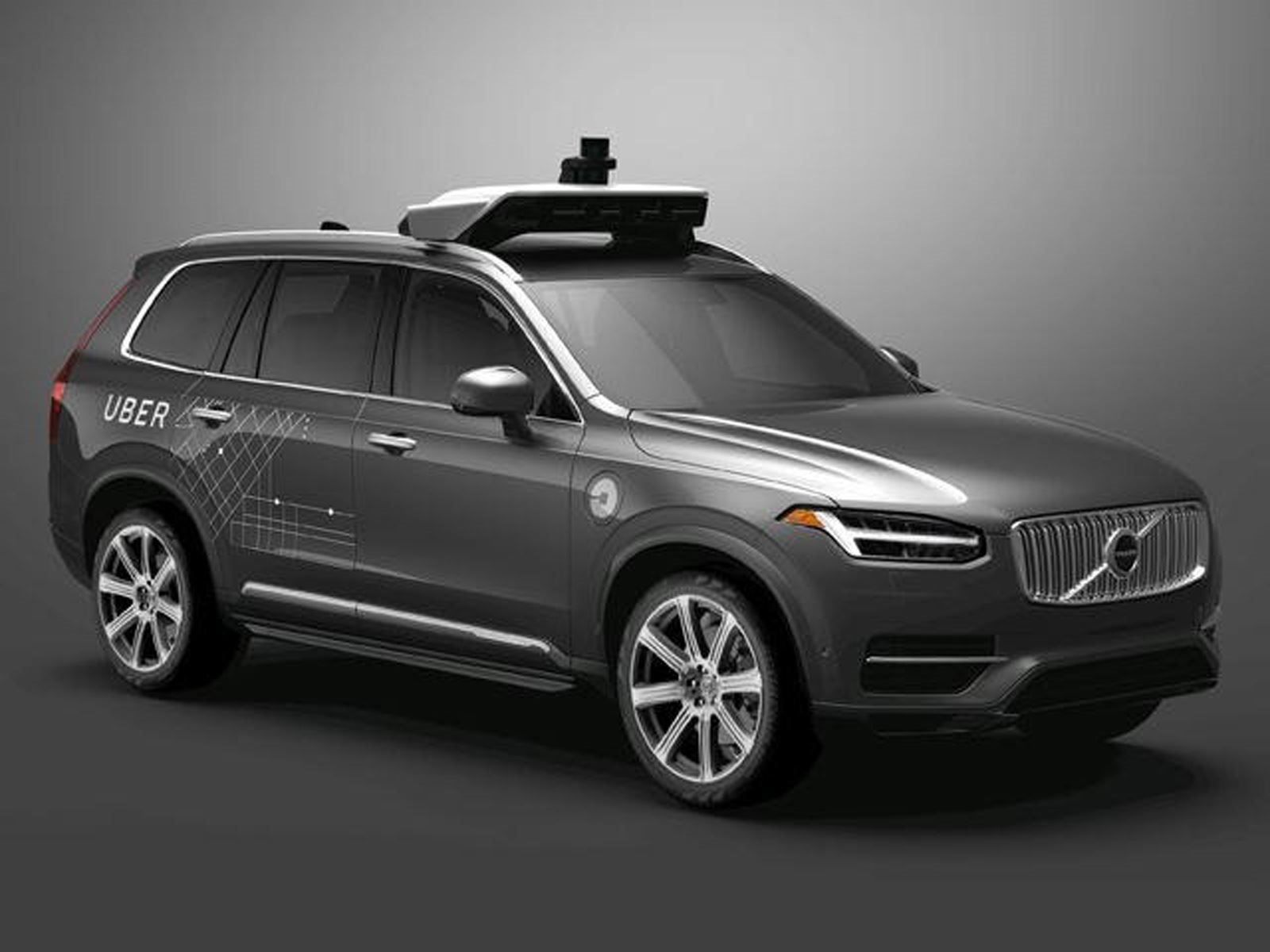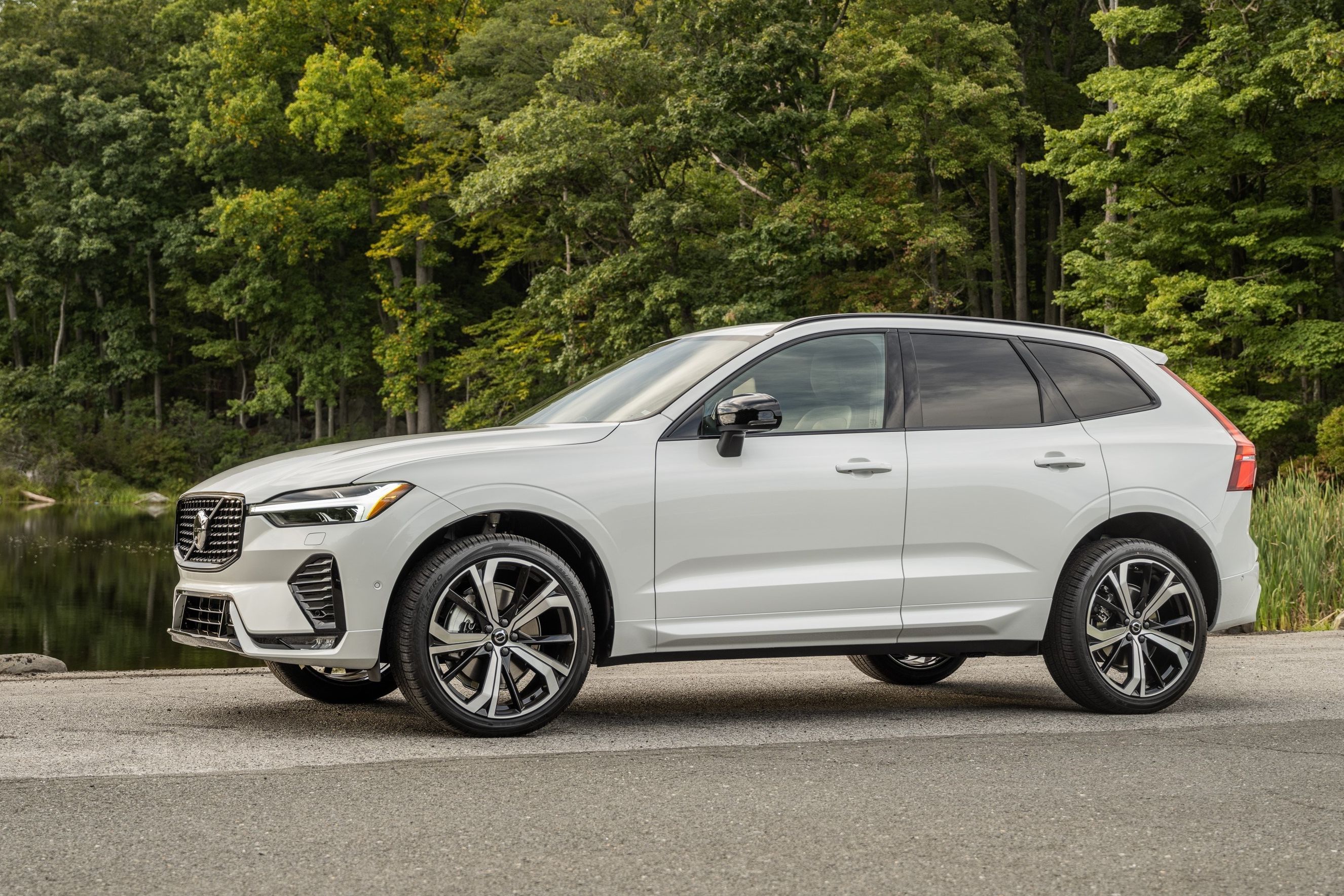
It's been just over two months since the fatal crash in Arizona in which a self-driving Uber taxi struck and killed 49-year-old Elaine Herzberg who was crossing the street while pushing a bicycle. Following months of investigations, a new preliminary report published by the National Transportation Safety Board has revealed new details about the accident. According to the report, the car's sensors detected the pedestrian, but the self-driving car was not programmed to stop for obstructions.
The Uber car's radar and lidar sensors detected the pedestrian about six seconds before impact. However, Herzberg was initially identified by the sensors as an unknown object, then as a vehicle and then as a bicycle, according to the NTSB. The system concluded it was going to hit something 1.3 seconds before the crash and determined that emergency braking was needed. "An emergency braking maneuver was needed to mitigate a collision," the NTSB wrote. However, Uber said it disables emergency braking maneuvers while the vehicle is under complete control "to reduce the potential for erratic vehicle behavior."
As standard, the Volvo XC90 is equipped with automatic emergency braking systems designed to prevent accidents. Since the system was disabled, Herzberg was hit at 39 mph. The driver was looking away at the time of the accident and engaged the steering wheel less than a second before the impact, but didn't hit the brakes until less than a second after. While this implies the inattentive driver was to blame, the NTSB noted the pedestrian wasn't looking in the direction of the oncoming Uber while crossing the road until just before the impact. Her bicycle also didn't have side reflectors and she crossed the road in a non-lit section where she was less visible.
Post-accident toxicology results for the pedestrian were also positive for methamphetamine and marijuana.

